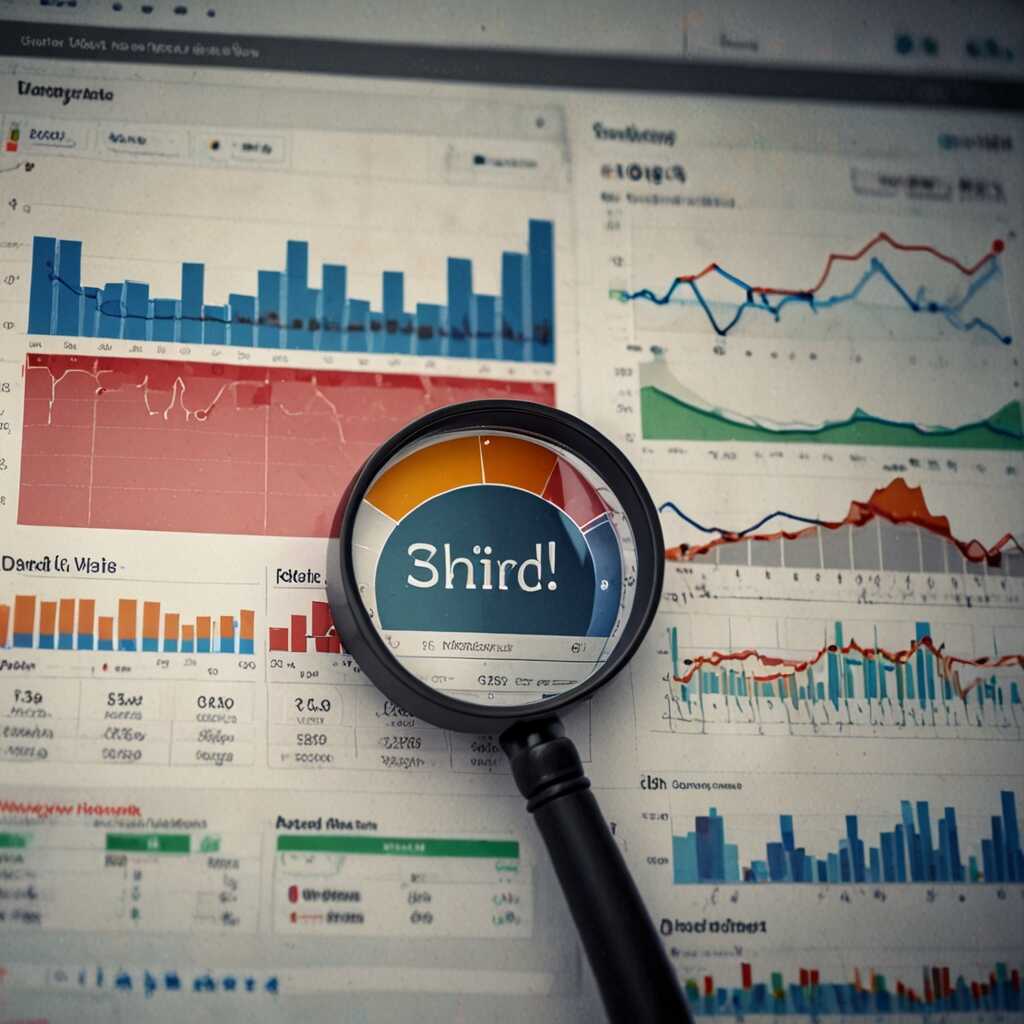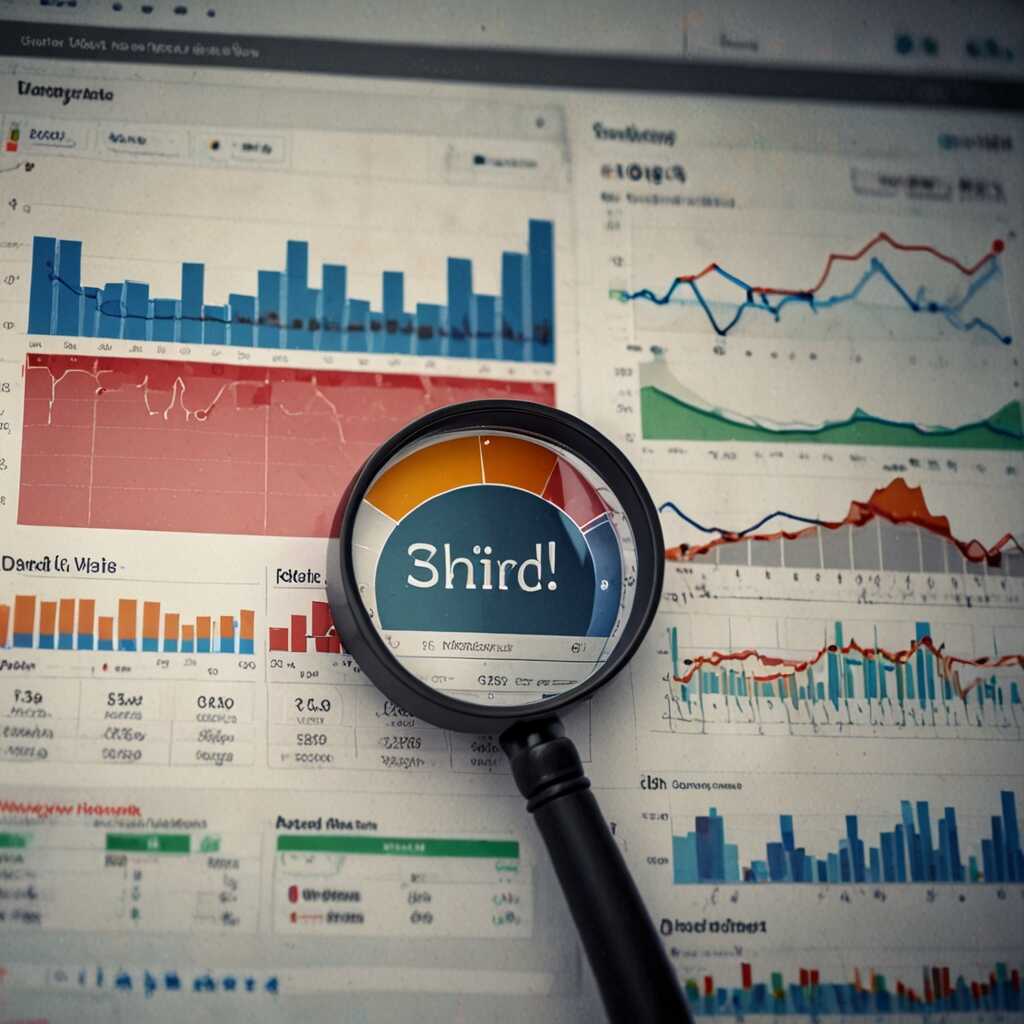Crawl rate limiting plays a significant role in how search engine crawlers access your website, impacting your SEO performance. When your site experiences limitations on how frequently it can be crawled, important pages may not get indexed, leading to missed traffic opportunities. At Metrics Rule, we understand that mitigating the effects of crawl rate limiting is essential for maintaining strong SEO health. By implementing effective strategies, you can enhance your website’s visibility and ensure that your content reaches your target audience more efficiently.
Defining Crawl Rate and Its Role in SEO Effectiveness
Crawl rate is the frequency at which search engine bots visit a website to collect data. This metric is crucial for SEO because it directly affects how well your site can be indexed and how visible it is in search engine results. A high crawl rate can enhance your site’s performance, ensuring that search engines can easily access and evaluate your content. Conversely, if your crawl rate is limited, it can hinder your site’s visibility, making it harder for search engines like Google to discover new or updated pages. For most websites, Google crawls on average about 40 to 100 pages per day, but this can vary significantly based on the site’s size and infrastructure.
How to Optimize Your Crawl Rate for Better SEO Results
To optimize your crawl rate effectively, focus on strategies that enhance both your website’s technical aspects and content quality. Ensuring your site’s performance is robust can significantly improve your crawl efficiency. Utilize tools like Google Search Console to monitor your crawl rate and identify potential issues. Creating a well-structured sitemap is essential, as it guides search engines to your most important pages. Additionally, optimizing loading speeds and reducing server errors can further enhance your indexing processes. By regularly reviewing your site’s analytics, you can fine-tune these elements for a greater impact on your overall SEO performance.
Common Reasons for Crawl Rate Limiting on Websites
Crawl rate limiting can occur due to several factors that affect how search engines index your webpage. One common reason is server settings; if the server is configured to limit requests, it may reduce how often search engines can crawl your site. Another important factor is the robots.txt configurations. If improperly set, they can unintentionally block search engines from accessing certain pages, thus affecting overall crawl efficiency. Lastly, unexpected website errors, such as 404 pages or server downtime, can hinder crawlers, resulting in less effective crawling and indexing. Understanding these factors helps you manage your site effectively and optimize its visibility.
Understanding the Role of Robots.txt in Crawl Rate Management
The robots.txt file is a crucial component for controlling how search engines crawl your site. This text file instructs crawlers which pages to index and which to ignore. By correctly configuring it, you can enhance your site’s crawl efficiency. For example, if you set disallows on less important pages, crawlers can focus on your key content. This targeted approach ensures that your essential pages are indexed more reliably, improving your search engine optimization (SEO) performance. Regularly reviewing your robots.txt settings and ensuring they align with your site’s goals and structure can significantly enhance your search visibility.

Negative Consequences of Crawl Rate Limiting for Websites
Crawl rate limiting can severely hinder a website’s indexing process. When search engines limit how often they crawl a site, essential pages may not be updated or indexed in time. This can directly affect organic search traffic. Websites may experience declines in visibility, leading to fewer visitors. It’s crucial to understand these risks and prioritize crawl rate management within SEO strategies.
Specific Indexing Issues Due to Crawl Rate Limitations
Crawl rate limiting can create significant indexing issues. When Google’s crawling becomes constrained, only a fraction of a website’s pages may be indexed, often those deemed most critical. This means that well-optimized pages could be overlooked, leading to lower organic visibility. For instance, if a site has 1,000 pages but only 30% can be crawled effectively due to limitations, about 700 pages could miss ranking opportunities. To enhance crawl efficiency, website owners should focus on improving technical SEO practices, such as optimizing sitemap.xml and robots.txt files. This ensures search engines index the most impactful pages, improving performance and ultimately boosting organic search traffic.
Key Metrics on Website Crawling and Indexing
- Google’s bots can make up to 100 requests per second on a website.
- Crawl rate limiting can reduce this number significantly, impacting visibility.
- Approximately 20% of web pages may not get indexed if crawl limits are reached.
- Slower pages are crawled 30% less frequently than faster ones.
- Search engines prioritize high-quality content, which enhances crawl efficiency.
- Optimal crawl frequency improves SERP rankings and increases organic traffic.
- Websites might see a 50% dip in traffic if they fall under strict crawl restrictions.

Proven Strategies to Mitigate Crawl Rate Limiting
Crawl rate limiting can significantly impact your SEO performance, but several proven strategies can help mitigate its negative effects. Understanding the main causes of crawl rate limiting, such as server overload or inefficient resource usage, is essential for implementation. To enhance website crawability, ensure that your server can handle increased requests by optimizing server performance and speed. A robust sitemap usage helps search engines find new and updated content easily, while an effective robots.txt file can guide search bots on which pages to crawl. Together, these strategies improve your website’s ability to be indexed efficiently and reliably, resulting in better visibility on search engines like Google and Bing.
Optimizing Server Performance for Enhanced Crawling
Improving server performance is crucial for mitigating crawl rate limiting. Start by conducting reliability testing to identify bottlenecks like slow HTTP response times. Implement server caching solutions to enhance speed and ensure your website can handle higher traffic loads efficiently. Additionally, consider upgrading your hosting plans if your site frequently experiences heavy traffic. With a durable and reliable server setup, you can expect better performance in crawling and indexing. This approach not only supports SEO efforts but guarantees a smoother user experience on your e-commerce platform.

Recommended Tools for Monitoring Crawl Rate Performance
Several tools exist to assist in tracking crawl rates effectively. Some of the best crawl rate monitoring tools include Google Search Console, Ahrefs, and Screaming Frog. Google Search Console provides insights into how often Google bots crawl your site. Ahrefs offers schedule logging and efficiency testing, while Screaming Frog delivers comprehensive crawl analysis. When comparing these tools, users should consider features like real-time analytics and data reliability. Understanding the average crawl rate, which can vary greatly for e-commerce websites, is crucial for optimizing SEO performance in 2025.
Understanding Crawl Rate Metrics for Effective SEO
Understanding crawl rate metrics enhances your SEO strategy. For e-commerce sites, the average crawl rate typically varies between 1 to 5 pages per second depending on site size and structure. Using tools such as Google Search Console allows you to monitor how often your pages are crawled. This insight is essential for improving indexing efficiency and optimizing web performance. You can also implement changes like sitemap updates and robots.txt modifications based on crawl data. By regularly analyzing these metrics, you ensure your site remains SEO-friendly, thus improving overall visibility in search results.
Advantages of Effective Crawling Management
- Improved page indexing leads to higher visibility in search results.
- Efficient crawl rate allows search engines to discover fresh content promptly.
- Fewer crawl issues reduce the likelihood of penalties and visibility problems.
- Fast-loading sites receive priority, enhancing user experience.
- Regular updates help engage users and keep content relevant.
- Streamlined crawling can enhance overall site performance and SEO rankings.
- Reducing crawl errors fosters trust with search engines, enhancing credibility.

Designing an Optimized Website Structure for Crawlers
To improve crawl efficiency, an optimized website structure must include a clear hierarchy, proper URL structure, and internal linking. Key design elements are an organized navigation menu, a sitemap, and rich snippets for enhanced data presentation. Best practices for layout design involve ensuring fast load times and mobile optimization, both essential for effective crawling. Additionally, reducing unnecessary redirects and employing HTTP/2 can significantly boost performance, enabling search engines like Google and Bing to index your pages more efficiently. This ultimately provides better SEO results.
Essential Design Elements for Effective Crawling
Implementing essential design elements can greatly enhance your website’s crawling performance. Start by organizing your content into categories and subcategories. This creates a logical flow that allows crawlers to navigate easily. Use clean and descriptive URLs, like “www.example.com/category/product,” as they provide better context for both users and search engines. Include an XML sitemap, as it outlines all your site’s pages, helping crawlers understand your site’s structure effectively. Mobile optimization is crucial as well; a responsive design ensures that your site performs well across various devices, improving overall crawling efficiency.
Content Quality and Its Influence on Crawl Efficiency
High-quality and relevant content significantly impacts the crawl rate of a website. Search engines prioritize crawling web pages that offer detailed, useful information. This ensures that Google and Bing can quickly index your pages. Implementing content strategies that enhance crawl efficiency, such as regular updates and optimizing for user intent, is essential. Tools that analyze keyword usage and content relevance help identify areas needing improvement. Websites with high-quality content—those that focus on user engagement—tend to show a marked improvement in crawl rates. A study revealed that approximately 80% of web pages featuring comprehensive, relevant content enjoy enhanced crawl efficiency.
Effective Content Strategies to Enhance Crawl Efficiency
Implementing effective content strategies helps ensure your website’s crawl efficiency. Regular updates to high-quality content keep search engine bots engaged and encourage more frequent indexing. Use AI tools to analyze keyword performance and match content to user queries effectively. Creating a clear sitemap and a well-structured internal linking system also improves navigation for crawlers. Prioritizing mobile optimization enhances user experience, leading to better engagement metrics. As a result, the combination of user-friendly design and rich content ultimately boosts your SEO performance, allowing search engines to crawl and index your pages more effectively. Remember, quality content and technical SEO go hand in hand in enhancing overall site reliability.
Evaluating Brands in the SEO Optimization Space
- Brand A offers robust analytics tools suited for large e-commerce websites.
- Brand B specializes in technical audits, appealing to SEO professionals.
- Brand C focuses on local SEO services, targeting community-based businesses.
- Brand D provides comprehensive content analysis tools for effective keyword targeting.
- Brands ideal for large sites may lack solutions for small to mid-sized businesses.
- Various brands excel in different niches, impacting their relevance for specific users.
- Understanding audience needs helps select the right tools and services for effective SEO management.
Importance of Ongoing Monitoring to Prevent Crawl Issues
Ongoing monitoring of your website’s crawl performance is essential for maintaining SEO health. Best practices include using tools like Google Search Console to track indexing status and spotting errors quickly. Regular analysis of crawl logs helps identify patterns, while site performance analysis offers insights into how quickly your pages load, impacting crawl efficiency. Leverage tools that provide metrics on crawl speed and error rates to enhance your strategy. Aim for frequent reviews, ideally weekly or bi-weekly, to catch issues early and ensure effective crawling.
Choosing the Right Tools for Crawl Performance Monitoring
When selecting tools for monitoring crawl performance, consider options that provide comprehensive analysis and user-friendly dashboards. Tools like Screaming Frog, Ahrefs, and SEMrush offer crawl data visualization, enabling you to quickly identify issues like broken links and redirect chains. These tools also include features that allow comparisons of crawl metrics over time, which helps track improvements. Ensuring these tools are integrated into your regular SEO audits can dramatically improve your site’s reliability and overall indexability, ultimately leading to better search performance in Google and Bing.
